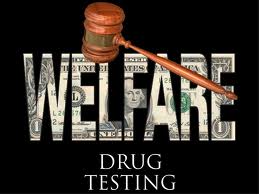Critique of a selected News and Observer Editorial:
They’re poor, so they must be on drugs, right? There’s the not-so-subtle implication of a bill passed by the North Carolina Senate this week that would require those who apply for North Carolina’s good Work First program, which offers case and worker training for the poor who are trying to find jobs, to take a drug screening test for which they have to pay.
So, the dull minded might read that to be the thought process of the republicans – They’re poor, so they must be on drugs, right?
When in fact, the opposite is what I think is true – They’re on drugs, so they are more likely to be poor, right?
We should be clear where the insult is coming from.
The other detail? They only pay if they fail.
Basically, Republicans claim they’re just trying to keep people who need money for their families from spending it on drugs. That’s very close to basically implying that everyone getting public assistance is on drugs. What a horrible implication.
I don’t think that’s what they’re saying at all. I think that they are saying that if you have discretionary income that can pay for illicit drugs, you are not in need of assistance.
Is there no restrictions that a liberal would place on public assistance?
So what’s the purpose, then, of the GOP-backed drug testing requirement? It’s just another chance to beat up for purposes of political grandstanding some people who can’t defend themselves very well.
The purpose, of course, is to restrict public money to those that are in need of public money.



